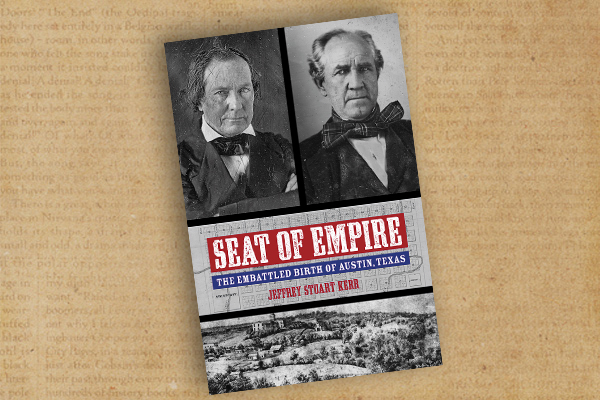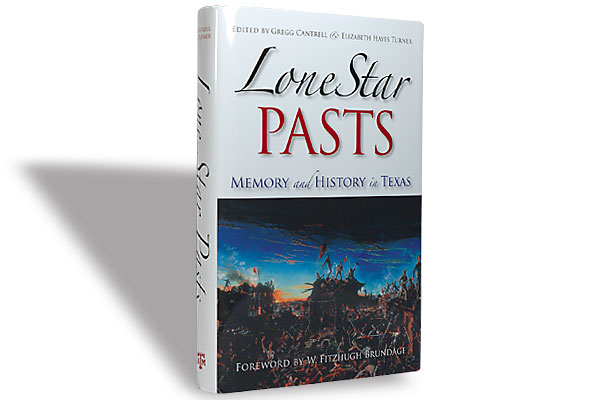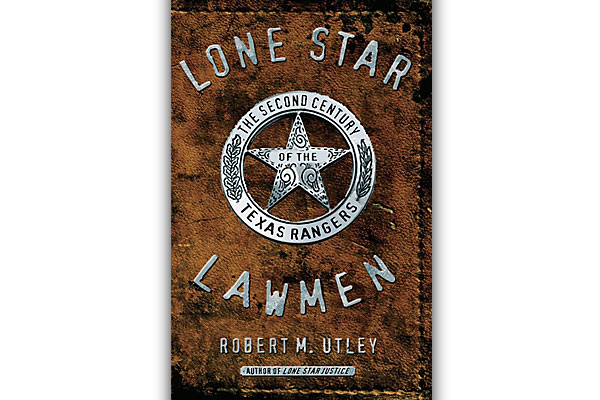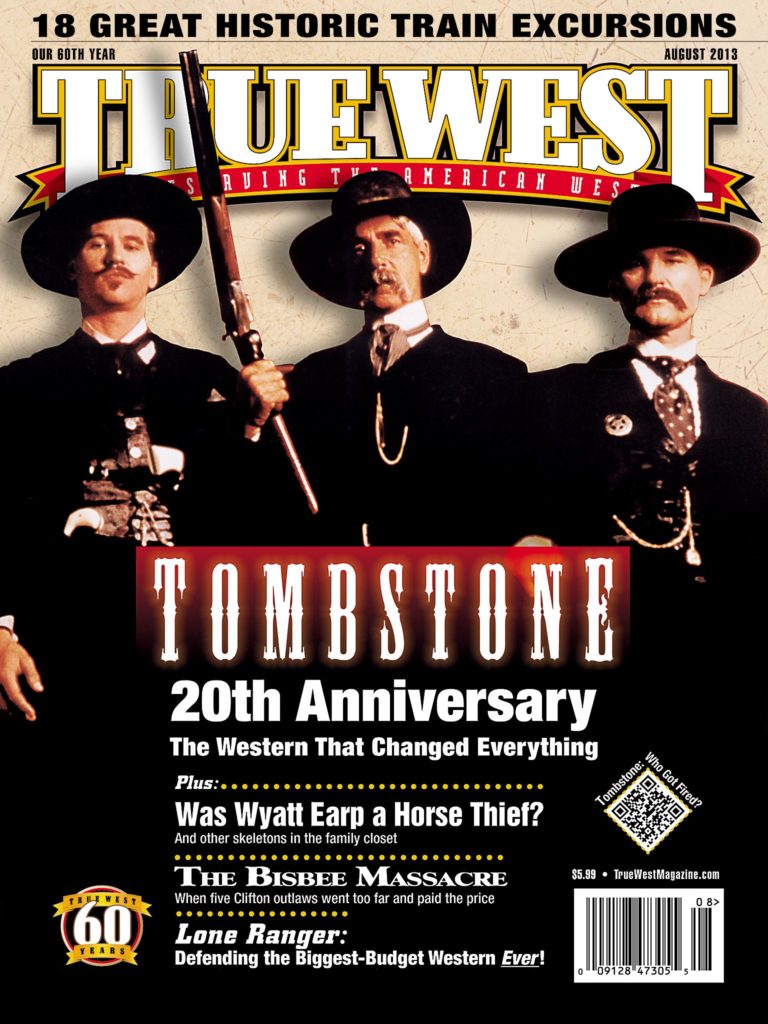 This should be the seat of future empire!” Republic of Texas Vice President Mirabeau Buonaparte Lamar proclaimed in 1838.
This should be the seat of future empire!” Republic of Texas Vice President Mirabeau Buonaparte Lamar proclaimed in 1838.
Straddling the Sunbelt, nearly halfway between the Atlantic and Pacific, modern-day Austin is the symbolic capital of post-WWII America. Equally edgy and laid back, multicultural yet all Texan, Austin’s 308-foot tall capitol is a beacon of light for miles around. The Goddess of Liberty, perched high atop the dome, invites you from afar into the capitol’s historic rotunda, where you can tour the gallery of Texas presidents and governors, including rivals Sam Houston and Mirabeau Lamar.
Yet behind the façade of grandeur and power of Houston and Lamar is the early history of the Texas Republic and statehood: a two-fisted, bare knuckled life-and-death era in which political rivalries and dreams of empire and statehood would leave the fate of Austin in doubt for nearly a decade. Austin historian Jeffrey Stuart Kerr’s meticulous research and dedication to writing Seat of Empire: The Embattled Birth of Austin, Texas (Texas Tech University Press, $39.95) is the most thorough history of the dynamic personalities, political intrigue and powerful self-interests of empire, nation building and manifest destiny that led to the birth of the Texas capital.
Kerr’s Seat of Empire is both a biography of Austin’s frontier origins and of Houston’s and Lamar’s. Beginning in the earliest days of the Texas Revolution, the two leaders were almost immediate rivals for power as they fought to defeat Mexico’s Gen. Antonio López de Santa Anna. Following Texas’s independence from Mexico, the well-educated heroes were elected the young Republic’s first president and vice president. Lamar would follow rival Houston as chief executive and immediately begin planning for a larger Texas Empire, one that might stretch from the Gulf Coast to the Pacific. From 1836 to 1844, Houston and Lamar’s presidential rivalry, along with real threats from Mexico, sent the seat of Texas power back and forth between Houston, Washington-on-the-Brazos and Austin.
Lamar, who envisioned the capital city of an empire a year before on a hilltop above the banks of Texas’s Colorado River while hunting buffalo, signed into law the Republic’s decree making Austin the capital in 1839. But in 1842, when President Houston ordered the seat of government to move from Austin to Washington-on-the-Brazos under threat of Mexican attack, Austin’s residents prevented Houston from moving the young republic’s records, fearing his ambitions of moving the capital to his namesake city.
For three years, the government operated out of Washington-on-the-Brazos, but in 1845, newly elected President Anson Jones signed a law calling for a constitutional convention to be held in Austin in preparation for annexation by the United States. Austin’s boosters were finally going to realize their dream and secure the state government in their struggling town, fulfilling Lamar’s vision of a seat of empire overlooking the great state of Texas.
Kerr is the author of two other books on Texas history, Austin, Texas: Then and Now, a 2005 nonfiction finalist for the Writers’ League of Texas Violet Crown Award, and The Republic of Austin. He also writes a regular history column for the online periodical Austin Post. A physician when not researching and writing about Texas history, he and his wife, Sharon, live in Austin. — Stuart Rosebrook






